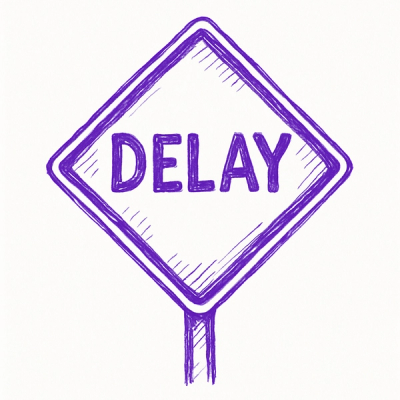geograpy3









geograpy3 is a fork of geograpy2, which is itself a fork of geograpy and inherits most of it, but solves several problems (such as support for utf8, places names
with multiple words, confusion over homonyms etc). Also, geograpy3 is compatible with Python 3, unlike geograpy2.
since geograpy3 0.0.2 cities,countries and regions are matched against a database derived from the corresponding wikidata entries
What it is
geograpy extracts place names from a URL or text, and adds context to those names -- for example distinguishing between a country, region or city.
The extraction is a two step process. The first process is a Natural Language Processing task which analyzes a text for potential mentions of geographic locations. In the next step the words which represent such locations are looked up using the Locator.
If you already know that your content has geographic information you might want to use the Locator interface directly.
Examples/Tutorial
Install & Setup
Grab the package using pip (this will take a few minutes)
pip install geograpy3
geograpy3 uses NLTK for entity recognition, so you'll also need
to download the models we're using. Fortunately there's a command that'll take
care of this for you.
geograpy-nltk
Getting the source code
git clone https://github.com/somnathrakshit/geograpy3
cd geograpy3
scripts/install
Basic Usage
Import the module, give some text or a URL, and presto.
import geograpy
url = 'https://en.wikipedia.org/wiki/2012_Summer_Olympics_torch_relay'
places = geograpy.get_geoPlace_context(url=url)
Now you have access to information about all the places mentioned in the linked
article.
places.countries contains a list of country namesplaces.regions contains a list of region namesplaces.cities contains a list of city namesplaces.other lists everything that wasn't clearly a country, region or city
Note that the other list might be useful for shorter texts, to pull out
information like street names, points of interest, etc, but at the moment is
a bit messy when scanning longer texts that contain possessive forms of proper
nouns (like "Russian" instead of "Russia").
But Wait, There's More
In addition to listing the names of discovered places, you'll also get some
information about the relationships between places.
places.country_regions regions broken down by countryplaces.country_cities cities broken down by countryplaces.address_strings city, region, country strings useful for geocoding
Last But Not Least
While a text might mention many places, it's probably focused on one or two, so
geograpy3 also breaks down countries, regions and cities by number of mentions.
places.country_mentionsplaces.region_mentionsplaces.city_mentions
Each of these returns a list of tuples. The first item in the tuple is the place
name and the second item is the number of mentions. For example:
[('Russian Federation', 14), (u'Ukraine', 11), (u'Lithuania', 1)]
If You're Really Serious
You can of course use each of Geograpy's modules on their own. For example:
from geograpy import extraction
e = extraction.Extractor(url='https://en.wikipedia.org/wiki/2012_Summer_Olympics_torch_relay')
e.find_geoEntities()
print(e.places)
Place context is handled in the places module. For example:
from geograpy import places
pc = places.PlaceContext(['Cleveland', 'Ohio', 'United States'])
pc.set_countries()
print pc.countries
pc.set_regions()
print(pc.regions
pc.set_cities()
print(pc.cities
print(pc.address_strings
And of course all of the other information shown above (country_regions etc)
is available after the corresponding set_ method is called.
Stackoverflow
Credits
geograpy3 uses the following excellent libraries:
- NLTK for entity recognition
- newspaper for text extraction from HTML
- jellyfish for fuzzy text match
- pylodstorage for storage and retrieval of tabular data from SQL and SPARQL sources
geograpy3 uses the following data sources:
Hat tip to Chris Albon for the name.








